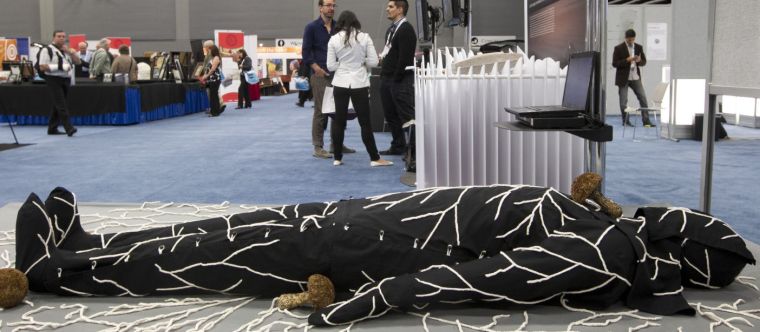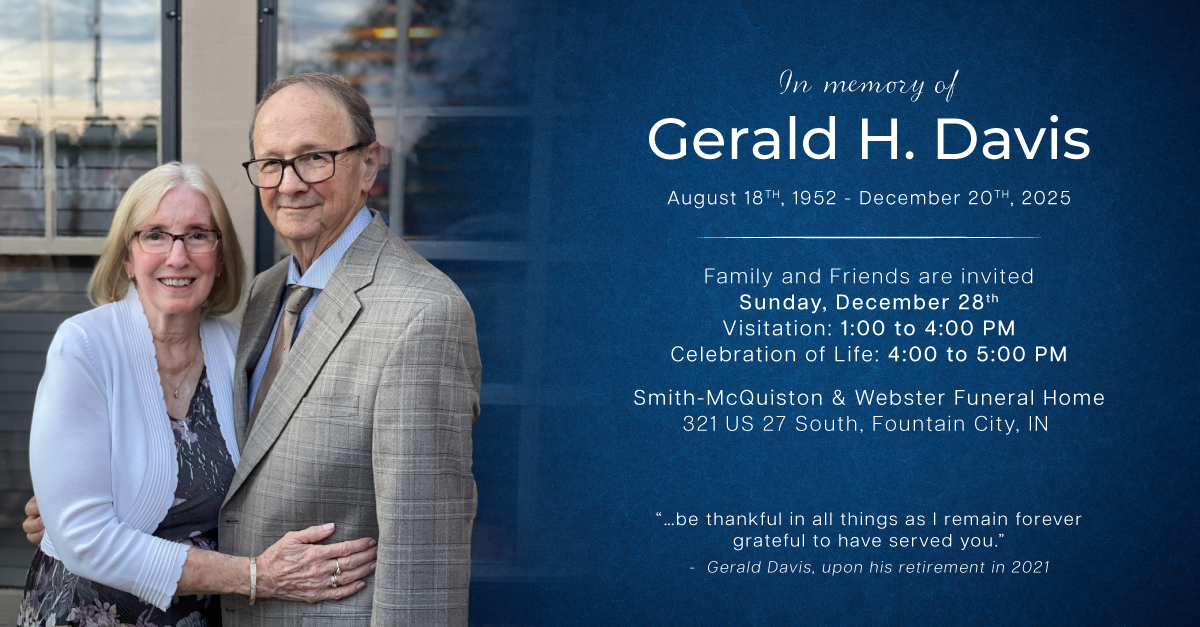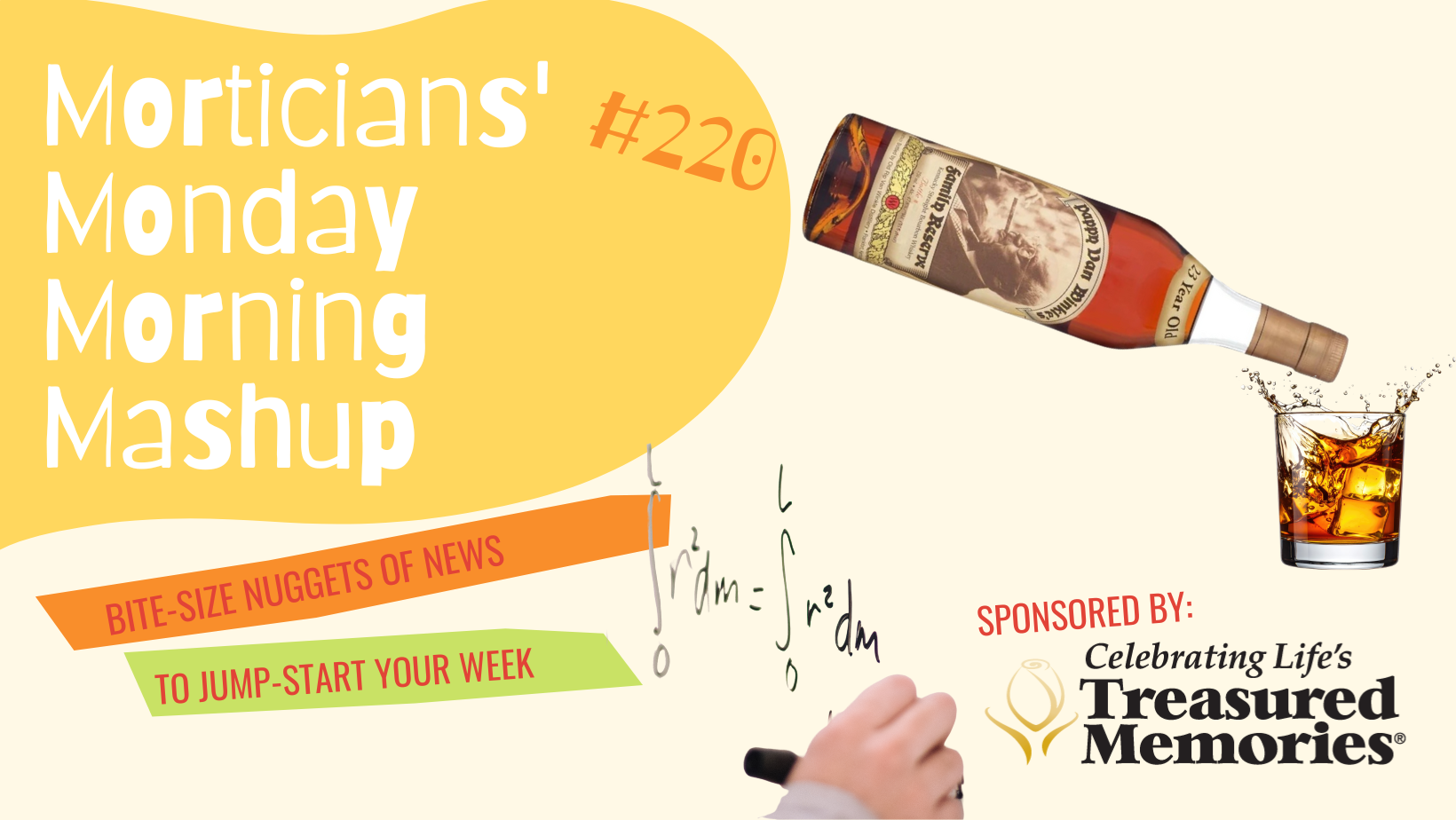Want To Be a Tree After You Die? Design For Death Features Many Alternatives At NFDA Convention
Don’t want a boring old funeral?
You’re in luck — when it comes to disposing of your earthly remains, there are more options than ever.
After you die, you could have the carbon extracted from your remains and have it made into jewelry.
Or you can be planted in an eco-friendly coffin and fertilize a tree. Want to be buried at sea? There’s an urn made of saltfor that. Or you could have your ashes sent up in a weather balloon to help seed clouds.
All of those options — and many, many more — were on display in Austin, Texas recently at the National Funeral Directors Association’s annual convention.
The convention brought 5,800 people from 50 countries to Austin, including funeral directors, mortuary science students, exhibitors and others.
One of the most eye-catching burial options on display at the convention was a mushroom burial suit, which is embedded with mushroom spores that speed up the decomposition of the human body.
While the mushroom suit is an extreme example, attendees said there’s a definite change in the way people are being buried — or not buried — these days.
“People went from sitting in a room for three days and having these high-end, expensive funerals to now they’re sending ashes to the moon and burying on the Great Barrier Reef and having funerals on beaches and just doing crazy, crazy stuff,” said Cody Joachim, an employee of FuneralOne, a tech company that offers such products as online memorial pages.
“That is more our generation, of how we want to portray the story.”
To the unaccustomed, the convention can be a bit jarring.
There are body lifts, hearses of all kinds and, of course, a variety of caskets. The event even included a competition called “Design for Death,” which included more than 1,300 entries from over 700 designers, architects and artists who were invited to think of new ways to memorialize the dead.
But once you get past the initial heebie-jeebies about death and burial, funeral directors will tell you that their job is quite simple — assisting families in memorializing their loved ones.
Technology has changed the funeral industry over the past 10 years, said Walker Posey, a spokesman for the funeral directors association whose family owns a South Carolina funeral home. There now are tribute videos in funeral homes, and people are searching for new ways to honor their loved ones.
“You might get someone who says they don’t want anything, but then you realize if this family does nothing, they’re going have a major problem dealing with grief down the road,” he said. “You see it all the time. So we have to suggest things that we think could help them.”
As he passed by a series of biodegradable urns, Posey picked up one made of a papier-mâché-like material that’s made for water burials.
Last year, Posey held a funeral in a theater, with a thousand attendees and live bands performing. The deceased was a kayaker, so his friends got kayaks and accompanied the urn along the river as it dissolved away.
“They had a service there on the water, and it was really meaningful and really cool,” Posey said. “That’s an example of helping the family have great meaning in their funeral service.”
Another vendor, LifeGem, can extract the carbon from your loved one’s remains and make a synthetic diamond from it. Greg Herro, a company executive, said he’s making about 700 to 800 such gems a year.
“This is a beautiful way to keep your loved one near and with you when you’re out and about,” he said.
Posey said the annual convention helps to educate funeral directors on new possibilities, which they can take home and present as options to families. Ultimately, he said, it doesn’t matter what route families take as long as it helps pay tribute to their loved ones.
“It matters if it’s going to make the family feel better and deal with grief and move forward,” he said. “And that’s what we do.”
[via: Times Dispatch]




